Brazil's most populous state, São Paulo, is grappling with widespread wildfires that have led to the highest-level alerts in 30 cities and filled the capital's skies with smoke. The fires, fueled by low humidity, high temperatures exceeding 35 degrees Celsius (95 degrees Fahrenheit), and a prolonged drought, are creating dangerous conditions across the southeastern region of Brazil.
The São Paulo state government has established a crisis cabinet to manage the emergency response. Governor Tarcisio de Freitas announced efforts to control the fires and ensure public safety, acknowledging the severe situation in cities under high alert. Tragically, two workers lost their lives in the municipality of Urupês while attempting to fight a fire at a factory.
The wildfires are also causing significant transportation disruptions, with smoke-induced low visibility leading to traffic standstills on several highways. In the state capital, São Paulo, a dense gray fog has settled over the city, further complicating the situation.
Authorities have warned that gusts of wind could rapidly spread the fires, increasing the risk to both the environment and public health. The smoke from these fires is particularly hazardous, contributing to respiratory and cardiovascular problems.
The city of São José do Rio Preto, home to 480,000 residents, is facing a critical situation with over 335 fires reported in recent days, leading to the closure of schools.
These wildfires are part of a series of extreme weather events affecting Brazil, including massive wildfires in the Pantanal wetlands and catastrophic flooding in Rio Grande do Sul, which resulted in more than 170 deaths. The ongoing drought and high temperatures in São Paulo state are exacerbating the fire risk, highlighting the urgent need for coordinated efforts to mitigate the damage and protect affected communities.



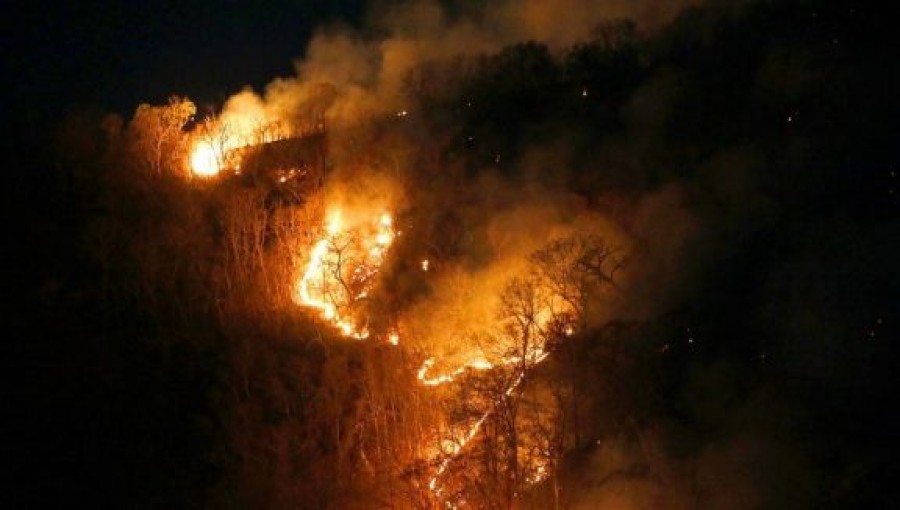
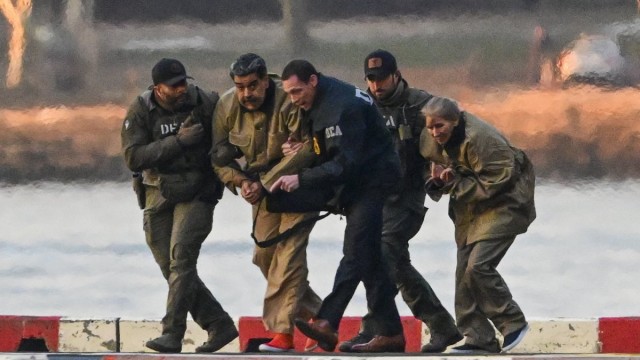
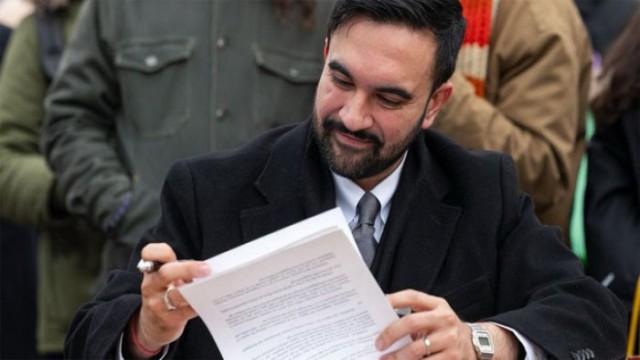

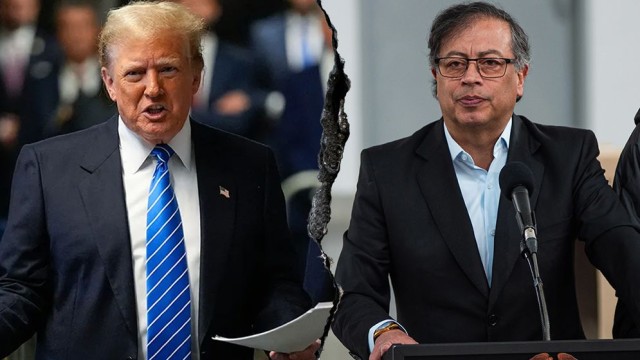
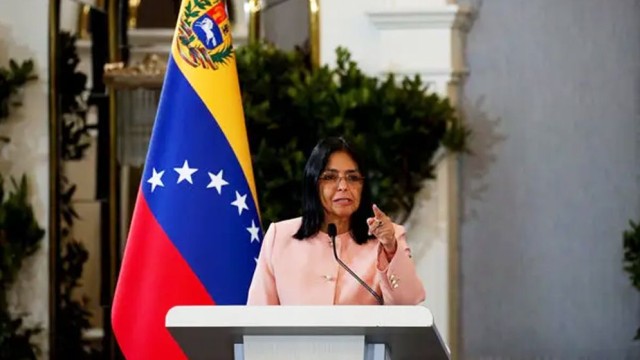
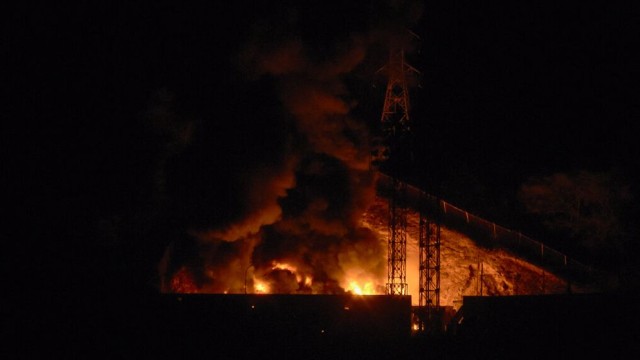

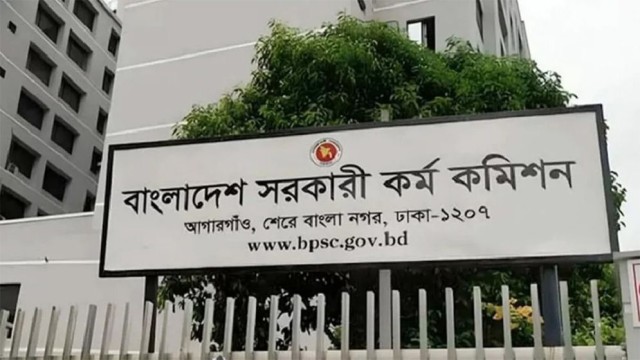


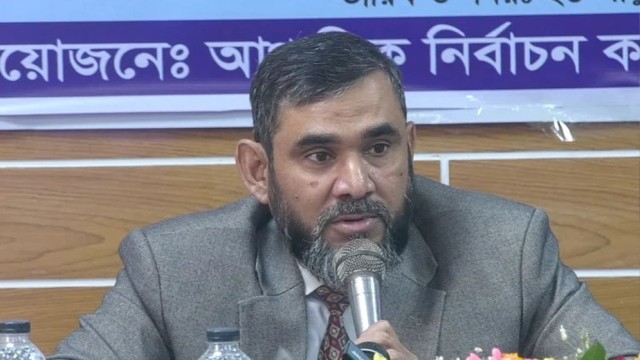
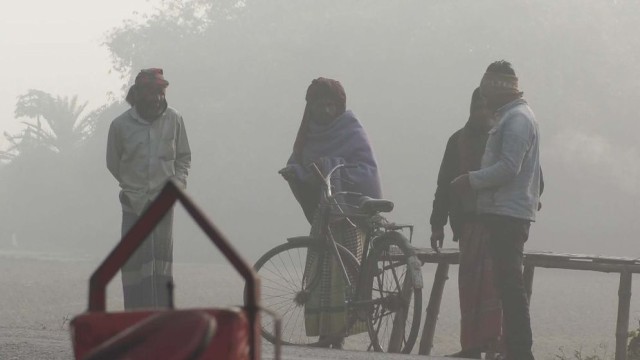
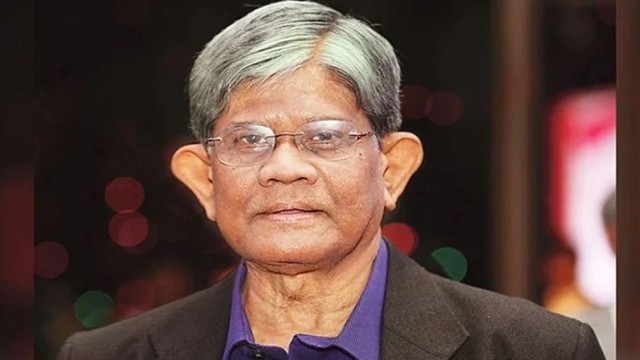
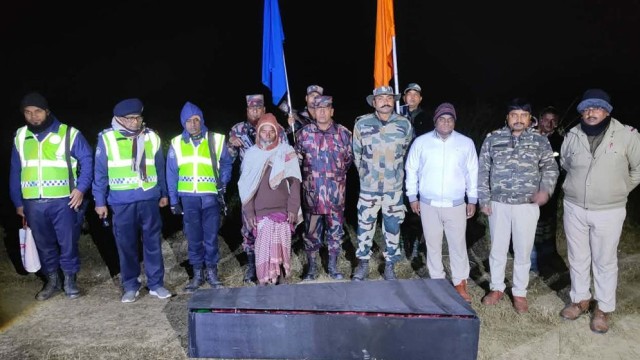
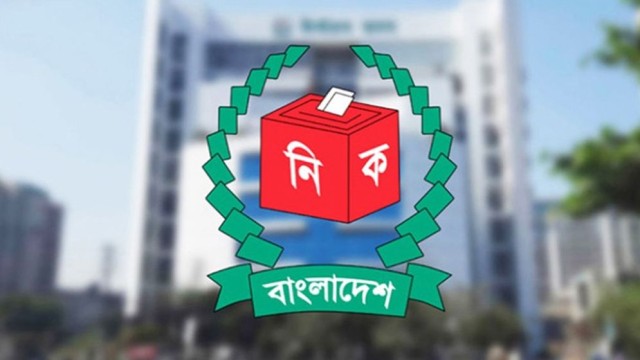
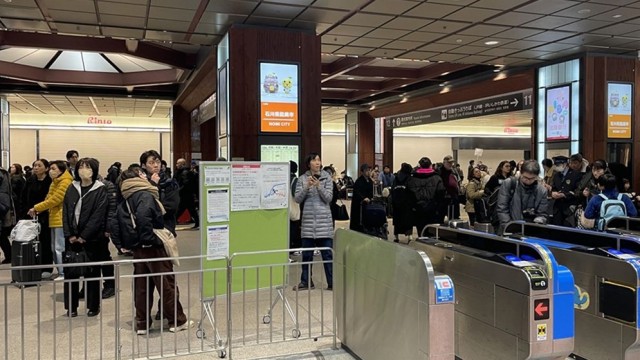

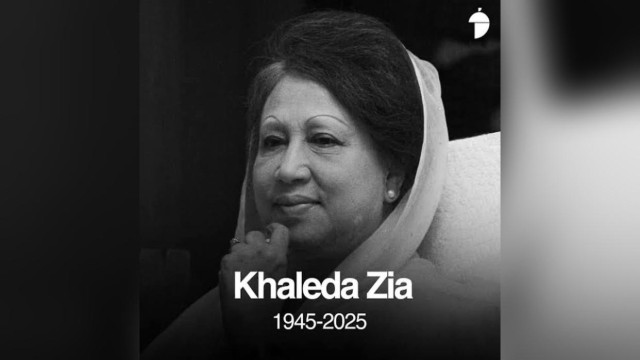

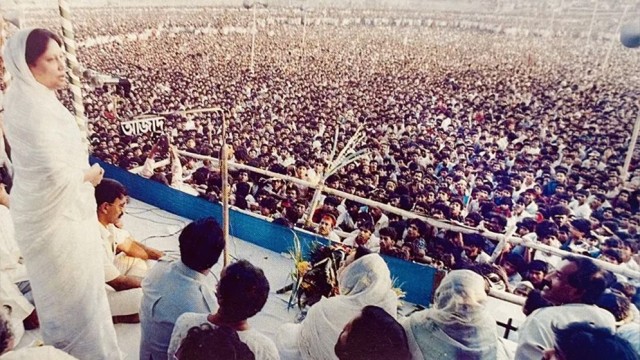


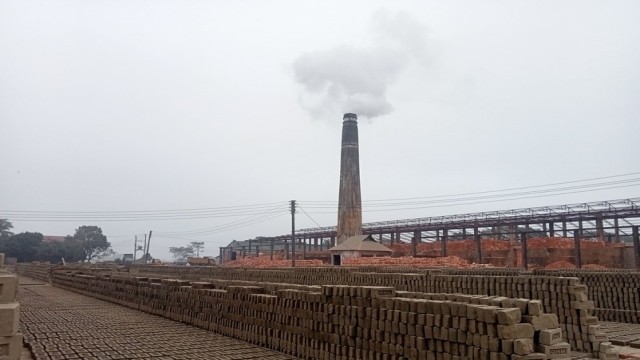
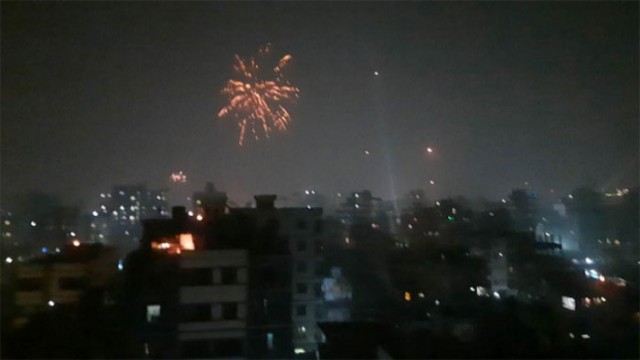
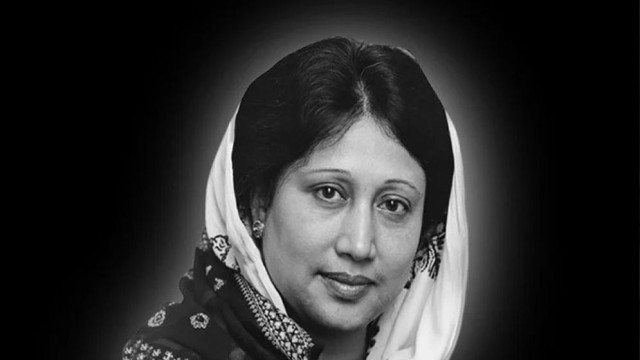

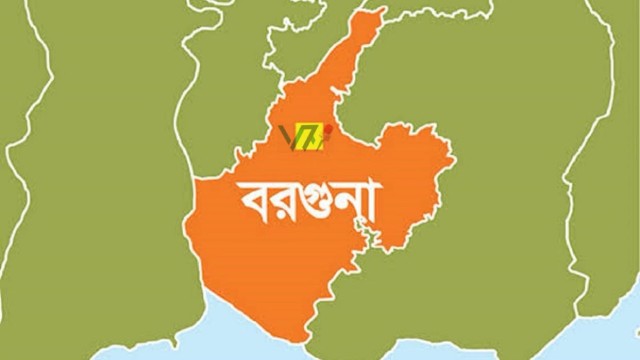
Comment: